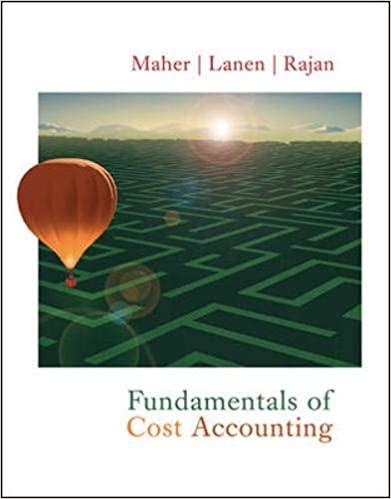Harcourt plc had the following capital structure as at 1 January 2015: 4,000,000 ordinary shares of 50p each 10% 1 preference shares 12% convertible bonds 2,000,000 200,000 500,000 The following information has been extracted from the income statement: Profit before interest and tax Less interest Profit before Tax Less tax at 40% [1.19m x 40%]*2 Profit attributable to shareholders 1,250,000 (60,000) 1,190,000 (476,000) 714,000 The following information is relevant: 1. On 31 March 2015 Harcourt plc made a 1 for 5 rights issue at 2.35 per share. The market value of a share on that date was 3.25. 2. The 12% convertible bonds are convertible as follows: a) If the conversion is exercised on 1 January 2016 each 100 of bonds is convertible into 70 ordinary shares. b) If the conversion is exercised on 1 January 2017 each 100 of bonds is convertible into 60 ordinary shares. 3. Harcourt's basic EPS for 2014 is 12p. Required a) Calculate the basic EPS for Harcourt plc for the year ended 31 December 2015 and restate the basic EPS for 2014. a) Calculate the basic EPS for Harcourt plc for 2015 and restate the basic EPS for 2014 - Basic EPS current year Step 1: Calculate theoretical ex rights price: this will give you the information with which to the work out the "bonus element. Step 2: Work out the bonus element - this is the fraction: Pre-rights price / Ex-rights price e Use this to increase all periods prior to issue to allow comparability. Step 3: Use a diagram like this to assist you in determining the proportions of time before and after the rights issues Need to adjust prior period share number for bonus element How many shares are there after the rights issue? 1-Jan-14 1-Jan-157/12-1-Apr 7/12 Year to 31 Dec 2015 31-Dec-15 Year to 31 Dec 2014 EPS was: 12p per share Step 4: Work out the weighted average shares for the year ended 31 Dec 2015: use a table if this helps Weighted Average shares Number: Jan-Mar: (before the issue): The weighted proportion of shares needs to be corrected for the bonus element in the same way that the shares in the previous year's EPS calculation will need to be corrected): to allow comparability April - Dec: (after the issue): just take the post-issue number of shares weighted according to the number of months Weighted Shares Number: Weighted Average shares Jan - Mar: April - Dec: Weighted Shares: Step 5: Work out the appropriate "Earnings" (profit attributable to ordinary shareholders - the owners) Step 6: Restate the basic EPS for comparative year, using the bonus element Questions to raise (if time): Q: How are we confident that all the shares that were offered for sale via a rights issue on 31 March 2015 would have been purchased? Surely there would be some existing shareholders that may not be have the cash or be willing to buy them? A: Q: WHY would a company issue shares via a rights issue? What are the practical advantages as opposed to a full market issue? [Hint: See Preview video] A: Q: What does the theoretical ex-rights price represent? Q: What does the BONUS ELEMENT mean? ttttt









